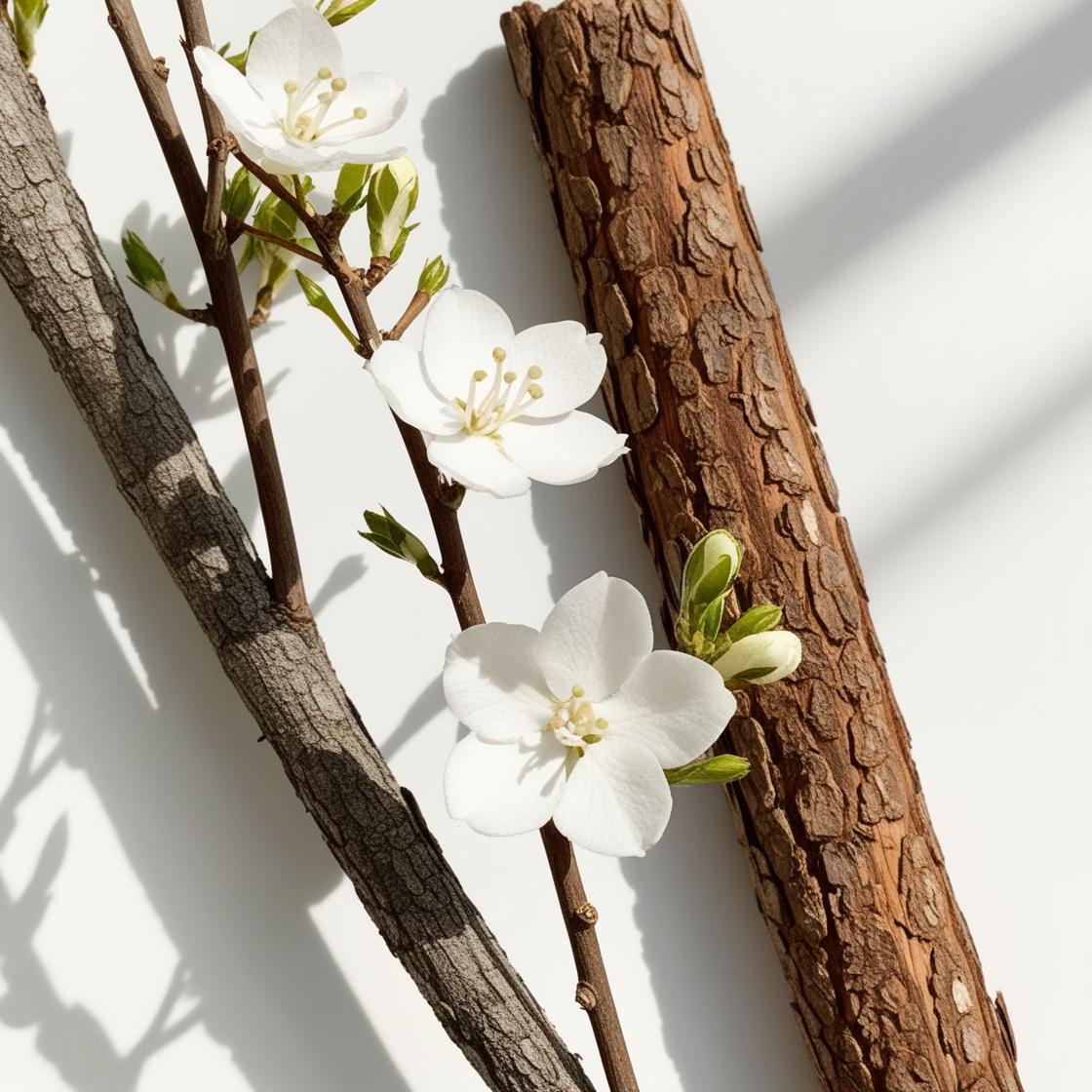It may seem strange to see the word dossier associated with the world of fragrances, since "dossier" refers to an organized collection of information on a specific topic. A "dossier" is an organized collection of information, in this case, about the fascinating world of perfumery. Join us to discover the history of this art, discover key ingredients, and learn how this information can help you choose the perfect perfume for you.
History of Perfumery
Perfumery has deep roots in human history, dating back to ancient civilizations such as Egypt and Mesopotamia, where aromatic oils were used in rituals and for embalming. Over the centuries, this art has evolved significantly, finding its epicenter in France during the Renaissance, which still maintains a preponderant influence on the global industry today.
The art of perfumery has ancient roots dating back to ancient civilizations such as Egypt and Mesopotamia. In these places, aromatic oils were used in religious rituals and for embalming. Over time, perfumery has evolved, and during the Renaissance, France became a global center that still maintains great influence on the industry today.
In Mexico, perfumery has begun to stand out with a unique blend of local ingredients and a rich cultural heritage. Today, Mexican perfumers are recognized for their innovative creations that capture the diversity and richness of our country.
Quality Dossier
Knowing the ingredients that make up a perfume is essential to understanding its essence. Here we present some of the most important ones.
- Jasmine: With its exotic and sensual aroma, jasmine is a highly prized flower in perfumery. Its sweet and rich fragrance is key in many floral and oriental compositions.
- Vanilla: Recognized for its warmth and sweetness, vanilla is a versatile ingredient used in gourmand and oriental fragrances. Vanilla from Papantla, Veracruz, is especially valued for its aromatic depth.
- Amber: This resinous component adds a warm, musky note to fragrances, making it ideal for oriental and woody perfumes.
- Bergamot: A refreshing citrus fruit that adds a vibrant spark to fresh, citrusy fragrances. It is commonly used as a top note.
- Sandalwood: With its creamy, woody aroma, sandalwood adds depth and warmth, perfect for woody fragrances.
- Rose: Considered the queen of flowers in perfumery, the rose provides a rich and complex floral note, widely used in classic perfumes.
- Vetiver: A herb that provides earthy and woody notes, widely used in men's fragrances. Haitian vetiver is particularly famous for its clean, smoky aroma.
- Ylang-Ylang: An exotic flower with a sweet, slightly fruity scent. Native to Southeast Asia, ylang-ylang is used in many oriental and floral perfumes.
Fragrance Profile
Each perfume has a unique structure, generally divided into three types of notes: top, middle, and base.
- Top notes: These are the first notes perceived when applying the perfume and are usually fresh and volatile. Examples include citrus and light spices.
- Heart notes: These emerge after the top notes and form the core of the perfume. They are usually floral or fruity and define the main character of the fragrance.
- Base notes: These are the longest-lasting and provide depth and hold to the perfume. Ingredients like amber and sandalwood are common in this category.
What is a dossier?
Keeping a fragrance dossier can be very useful for any perfume lover. Here's how:
- Preference Tracking: Keeping a log of the perfumes you've tried, noting their predominant notes and longevity, will help you identify patterns and personal preferences.
- Exploring New Fragrances: Use your dossier to discover new perfumes with notes similar to your favorites, expanding your collection in an informed way.
- Informed Selection: A detailed dossier allows you to make better choices when purchasing new perfumes, ensuring that they suit your tastes and needs.
- Personalized Gifts: By knowing your loved ones' preferences, you can create a dossier of their favorite fragrances and use it as a guide to choosing the perfect gift.
- Occasion Planning: A dossier helps you select specific perfumes for different events, ensuring you always wear the right fragrance for the moment.
How to Create a Personal Dossier for Fragrances and Perfumes
1. Define the Purpose of Your Dossier
- Before you begin, think about the purpose of your dossier. Do you want to track your favorite fragrances, explore new notes, or simply document your experiences?
2. Select the format
- Decide if you prefer a digital dossier or a physical one. Some options include:
- Digital Archive: You can use a spreadsheet, a notes app, or even a Word document.
- Physical Notebook: If you like to write by hand, a dedicated notebook is a great option.
3. Create relevant sections
- Organize your dossier into sections. Some suggestions are:
- Olfactory Notes: Record the notes that you like the most or that you want to explore.
- Favorite Fragrances: Write down the names of your favorite perfumes and why you like them.
- Exploring New Fragrances: Document your attempts at new perfumes.
- Personal Stories: If you have anecdotes related to fragrances, write them here.
4. Details for each fragrance
- For each perfume, add relevant information:
- Name and Brand: Write down the name of the fragrance and who makes it.
- Olfactory Notes: Describe the notes you perceive in the fragrance.
- Associated Emotions or Memories: Does it remind you of something or someone in particular?
5. Include images and graphics
- If you're visual, add images of the bottles, labels, or even photos of the places where you discovered a special fragrance.
6. Update regularly
- Keep your dossier up to date. As you discover new fragrances or your preferences change, add it to the dossier.
7. Personalize your dossier
- This is your space! Add details that interest you, such as personal reviews or inspirational quotes related to perfumes.
Example of entry in your dossier:
- Fragrance:“Divain-542”
- Olfactory Notes: Rose, geranium, bergamot, Spices, fruity notes, vetiver, sandalwood, patchouli, amber, incense
- History: Inspired by a rose garden in Provence.
- Associated Emotion: Tranquility and nostalgia.
Remember that your dossier is unique and reflects your personal tastes. Enjoy creating and exploring the world of fragrances!
Exploring the art of perfumery through a fragrance dossier is not only fascinating but also extremely practical. By understanding fragrance ingredients and profiles, and keeping an organized record of your olfactory experiences, you can deepen your appreciation and knowledge of perfumes and find those that truly resonate with you.
Enter the wonderful world of fragrances and start creating your own dossier today!







0 comments